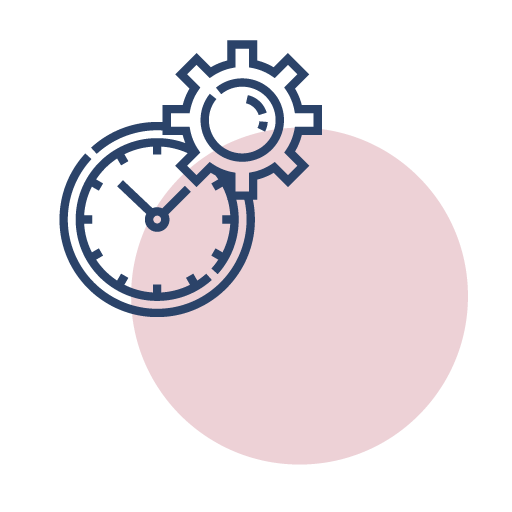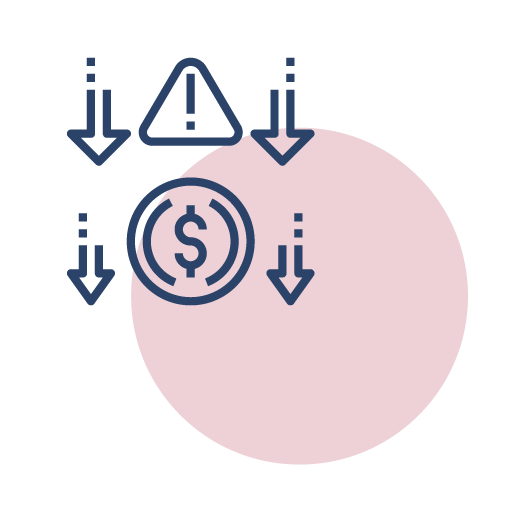Why are they required?
Many enterprises have now been pushing their IT teams to move to the Cloud. However, a majority of them are not applying Infrastructure as Code, or, simply IaC tools for automating their infrastructure management. Setting up a cloud-based infrastructure manually is prone to human errors. Additionally, provisioning, configuring, updating and maintaining different services in the cloud-based infrastructure should be automated otherwise such tasks would become more challenging as the infrastructure scales up. If scaling up the infrastructure is a daunting task then managing it is even more daunting.
Challenges
Manual Configuration of Cloud Infrastructure
Challenges
Monitoring Resources and Provisioning Manually
Challenges
Change Management
Challenges
Infrastructure Maintenance

Infrastructure as code is an approach which helps in automating the infrastructure deployment process in a repeatable and consistent manner based on practices from software development. It consists of consistent, repeatable routines for provisioning and changing systems and their configuration through unattended process leading to speedy deployments, consistency in configuration and minimization of risk. And all this happens with thorough validation.
This way infrastructure is treated as if it were software and data allowing IT teams adopt a range of DevOps and Agile practices such as test-driven development, continuous integration and continuous delivery, version control, automated testing and deployment orchestration. IaC opens the door to the complete automation and configuration of infrastructure, with cloud elements such as servers, networks, and databases being treated similarly to software.

Simplicity

Configuration Consistency

Efficient Change Management

Minimal Risk
Terraform is a tool for building, changing, and versioning infrastructure safely and efficiently. Terraform lets you build, change, and version infrastructure safely and efficiently and, it can be used to support and manage the entire lifecycle of a wide spectrum of infrastructure resources like networking hardware, physical servers, containers, storage, compute instances, DNS entries as well as SaaS products. In essence, Terraform is an IaC tool which is able to create any of the components that you need to run any of your services, applications, or even an entire datacenter. It approaches this task by treating infrastructure code the same as software code.
Terraform uses configuration files to describe the components of the infrastructure and based on that it generates an incremental execution plan describing what to do to reach the desired state and then executes it.
One major advantage of using Terraform is that it is platform agnostic and isn’t locked to a specific cloud provider. It supports all major cloud providers and allows you to automate infrastructure stacks from multiple cloud service providers simultaneously and integrate other third-party services which means your servers may come from AWS, your DNS may come from CloudFlare, and your database may come from Heroku; Terraform will build all these resources across all these providers in parallel. Terraform does this by building resource graphs and parallelizes creation and modification of any non-dependent resources.

Efficient change management
Automates anything that can be codified
Platform Agnostic – supports major cloud providers
Simplified workflow and fully manageable configurations
Reutilization of similar configurations in multiple environments
Revolutionize your enterprise infrastructure and enhance and strengthen the integrity and fault tolerance of their systems.
Contact us to know more about how we can implement effective infrastructure build tools for your enterprise and ensure seamless interaction across your business line by applying the right processes, tools and resources. We will assist you from the beginning of your Terraform journey up to support and management services.
